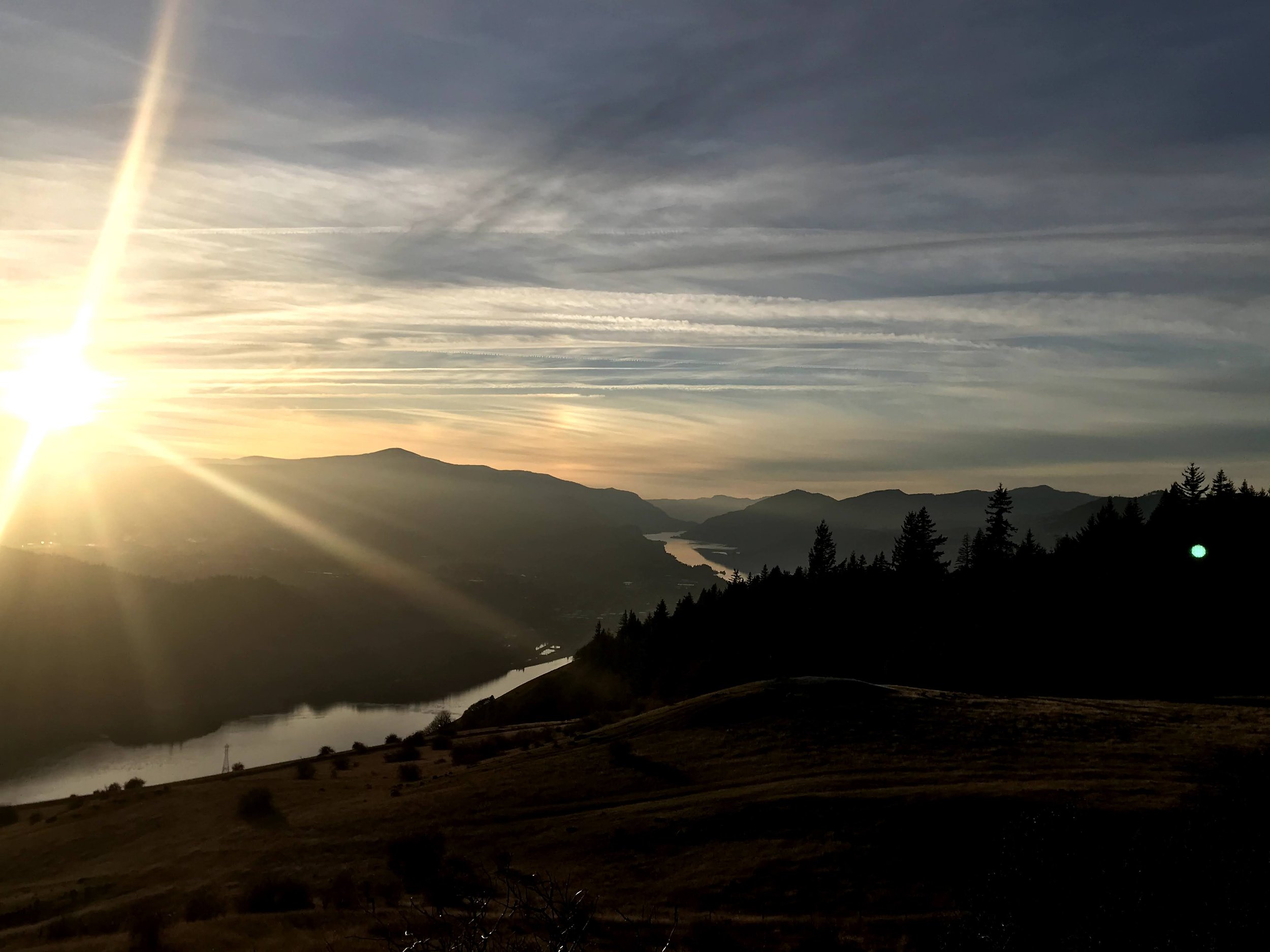
Where are we?
In the early 1800s, the Cascade Mountains got their name for the thousands of waterfalls and whitewater obstacles that according to pioneer journals, made travel “a terror.” Today, we have the privilege to explore these hard to reach places for pure enjoyment and Cascade Canyon Guides is just a blip in the story of canyoning. We follow behind: Greater & more experienced canyoneers, the first modern day explorers, and Indigenous Peoples who have learned more and gone farther in this land than we could ever hope.
The Columbia River Gorge and Cascade Mountain Range is the busiest natural intersection in the West. Outdoor sports & recreation along with a unique climate and diverse ecosystem allow something for everyone in and around thousands of miles of National Forest.
Cascade Mountains
The Cascade Range was formed during the collision of the North American Plate and Juan De Fuca Plate. They run 700 by about 80 miles from the Canada-Washington border down to Lassen Peak in Northern California.
Igneous lava flow, ice ages, glacial melting/flooding and more has contributed to the formation of the thousands of watercourses and canyons that run between them.
Today, the Washington Cascades are home to one of the highest concentrations of both waterfalls and technical canyons in the world, with new routes being discovered every year.
Columbia Gorge
The Columbia Gorge has been taking form for many millions of years. Approximately 2 million years ago, major glacial flooding significantly contributed to create the dramatic scene it is today.
Between Troutdale and Biggs Junction, the Columbia River is flanked on both sides by steeply rising mountains and sheer cliffs. Right in the middle of this scenic 80 mile stretch, the Cascades intersect, effectively creating 5 major vegetation zones and perhaps the most ecologically diverse 1,000 square miles in the US.
Today: Wind, winter and water sports are enjoyed year round. During the busiest days of summer, we slip away down an inconspicuous forest road and into a seldom seen canyon.

